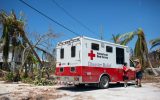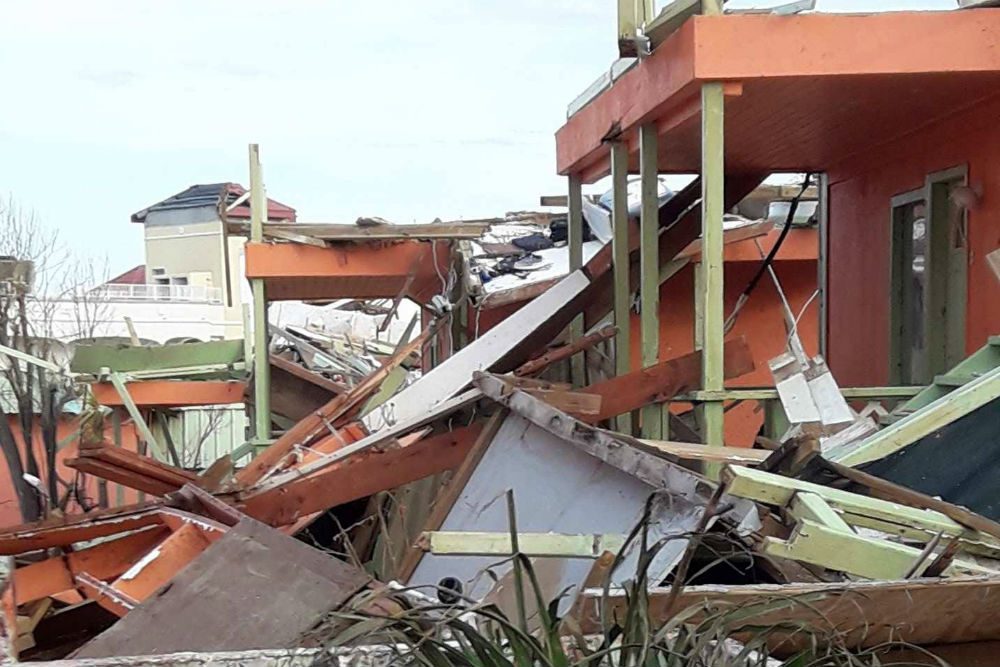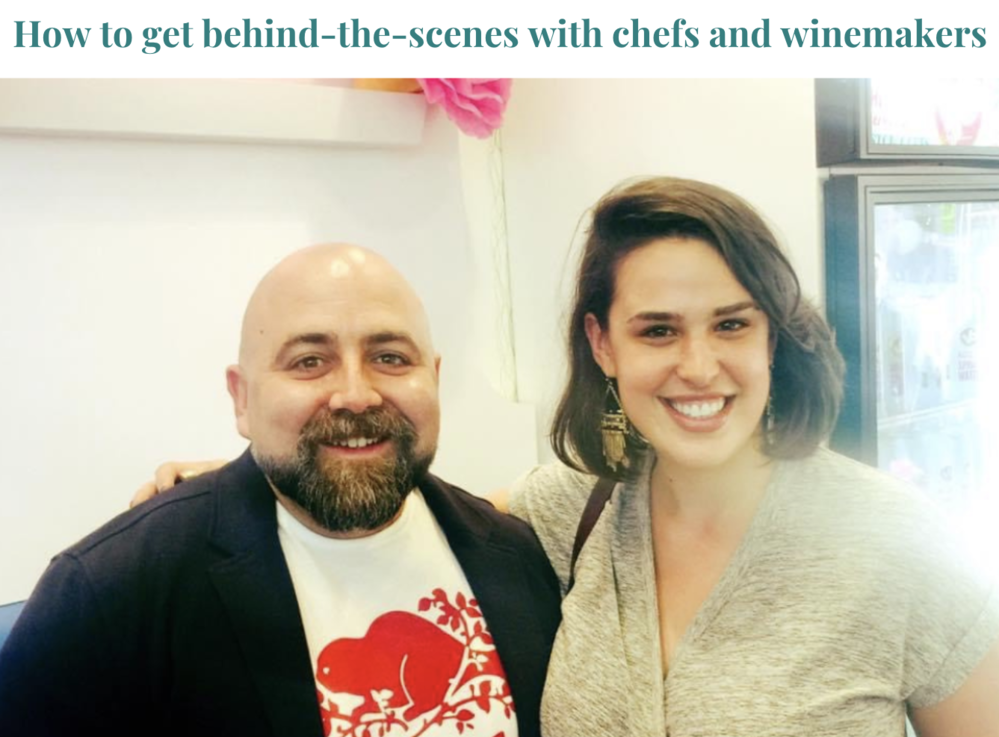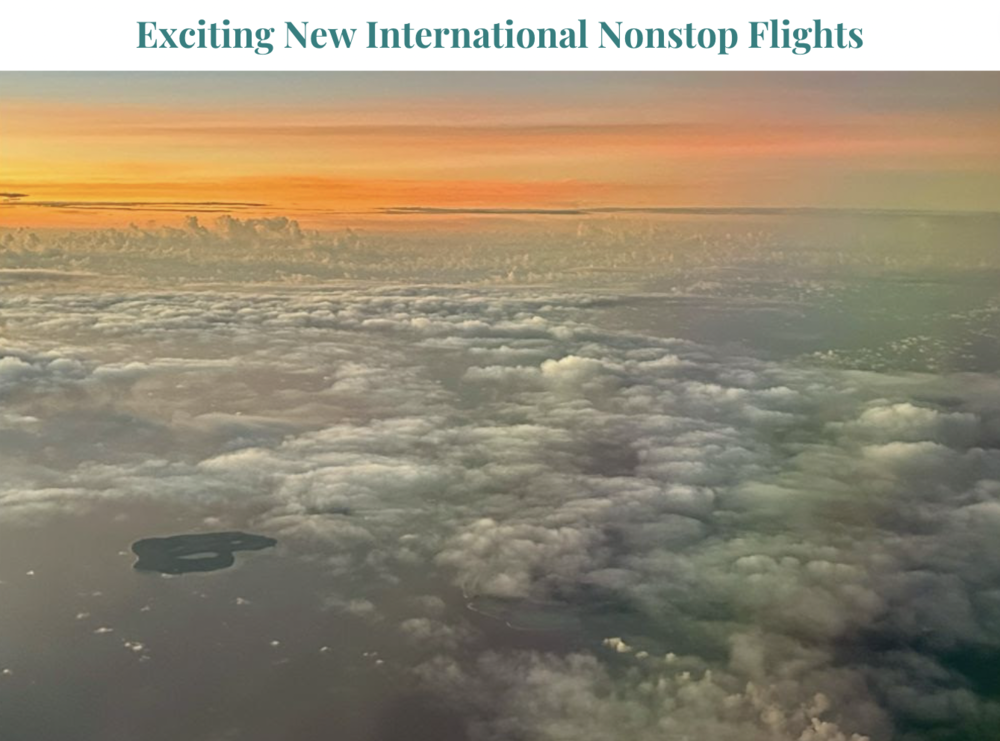One of the side effects of all this social distancing and quarantining is that it’s difficult to volunteer to help others. But ways of assistance are emerging. On the large scale, companies are coming up with methods to provide products and support. Travel companies are too; for instance, cruise lines are offering their vessels as hospital ships. And on the small scale, individuals are inventing creative ideas for working together. I’ve gathered a bunch of both below. Keep in mind that I’m based in New York City, which is an epicenter of the crisis, so I’m pointing out several NYC-based efforts, but I’m sure other communities are pursuing such actions too, and I’ve tried to include local efforts when I found them. If you know of others in your own area, please share them in the comments. And if they’re not happening in your community yet, perhaps you might even be inspired to start such a project?
Donate blood
The Red Cross reports that there is a severe shortage . If you meet the health criteria and are able to donate blood, platelets or AB plasma, contact the Red Cross about making an appointment in your area.
Contribute to the production and distribution of Personal Protective Equipment (PPE)
•Sew masks: In a creative response to the shortage of personal protective equipment (PPEs), some healthcare workers have put out calls for volunteers to sew CDC-compliant face masks, which are then sterilized before use. Deaconess in Evanston, Illinois, was one of the hospitals that tried this, and it was so successful that they were inundated with masks. They suggest that people reach out to healthcare facilities in other areas to see if the same project would be helpful to them.
•Support a group making face shields: In a similar effort to the homemade mask project, but with a focus on face shields, a group of New Yorkers (made up of engineers, healthcare professionals, professors, researchers, students and makers) is collaborating to create and distribute protective face shields for healthcare workers. The project has a crowdfunding page, as well as designs that can be shared with other makers.
•Donate to a grass-roots PPE manufacturing effort: A WendyPerrin.com reader just told us about another group of helpers with backgrounds in medicine, technology, and academia who have banded together to form 3DCorps, a nonprofit initiative using 3D printing to make reusable and sanitizable PPEs. You can learn more and/or donate to their crowdfunding campaign here.
•Donate your own or your school’s equipment: And of course if you happen to have any masks or gloves to share—or if you have connections to a school that has available PPE gear from its lab programs—see if any of your local facilities are accepting donations.
•Since 1948, Direct Relief has been working in the U.S. and overseas to equip healthcare workers with medical resources during natural disasters, and to help anyone affected recover from the experiences. Their COVID-19 efforts include distributing masks, gowns, and gloves to American medical facilities with confirmed cases, and coordinating with regional response agencies in South America and the Caribbean. The website includes in-depth information on their coronavirus work, as well as information on how to donate or become a strategic partner.
Donate to a food bank or relief organization
Even now, many of these are still finding ways to deliver services and meals to shut-ins, homeless people, the elderly, you name it. And when quarantine restrictions are lifted they will require all the resources possible to catch up. The big-name ones are easy to find (United Way, Red Cross, etc.), but think about local groups in your areas too: Food Bank for New York City, Feeding Tampa Bay, and Gods Love We Deliver are still providing and delivering meals and supplies, to name a few. Feeding America has a tool to help find your local food bank.
Chef José Andrés’s World Central Kitchen is doing a lot of good work too. They have been providing meals in disaster-hit areas for more than a decade, though his work started to get more attention after Hurricane Maria devastated Puerto Rico in 2017 and he served millions of meals to residents. Now, his volunteers are preparing and distributing grab-and-go meals to families and school children in New York City, Los Angeles, Washington D.C., New Orleans, Madrid, and other places.
Low-income and homeless families are being particularly hard hit by the pandemic’s economic fallout. In Philadelphia, childhood-poverty nonprofit Cradles to Crayons has created a special Emergency Essentials fund to collect and distribute things like diapers and hygiene items. You can donate here.
Volunteer
Both remote and in-real-life volunteering options are emerging, and we’ve listed a few here as inspiration and ideas for what might be available near you. We would love to know of more, so please leave any suggestions in the comments below.
- As mentioned above, many local food banks are still operating and need people to package food for delivery or even make the deliveries (using safety procedures, of course). Including Gods Love We Deliver and the Food Bank for New York City (which also needs volunteer tax preparers). In the capital, DC Food Project has put together a long list of varied organizations that need volunteers or supplies (scroll down to the “How to Help in Your Community” section).
- The elderly need additional help during this crisis; this article list service providers in New York, but it should give you an idea of what’s available elsewhere too.
- Lawyers may be able to use their skills remotely. The Volunteer Lawyers Project is accepting participants for its free legal advice service, and those interested in immigration rights might contact organizations like Al Otro Lado, which is looking for attorneys, law students, law professors, bilingual translators.
- Help the blind via the Be My Eyes app. Install the app, and then get live video calls from sight-impaired members who may ask you to read label instructions, check expiration dates, distinguish colors, or navigate surroundings.
- New York Cares, which is a clearinghouse organization that connects volunteers with a wide variety of projects across the city, has suspended its work for now, but is collaborating with city agencies to figure out next steps and is collecting emails from interested volunteers so that projects can be fully staffed once they’re ready to go.
- Meals on Wheels is another great organization that delivers meals to the elderly and shut-ins. Now that their vulnerable population is dealing with the pandemic too, the organization needs more support in various ways. The need for volunteers varies depending on the local situation, but donations are welcome. Check the website to find out about the national organization and the local chapters.
- Invisible Hands is a free volunteer-run delivery service that’s in NYC right now, but there are similar organizations popping up around the country. Sign up and you will be contacted to carry out simple tasks as needed, like picking up groceries or prescriptions for neighbors and then leave them outside the recipient’s door to limit interactions.
Buy gift cards
Purchase gift cards from local restaurants so that you can support them now while they need the money, and eat there later when restaurants re-open. It’s a helpful solution that requires very little effort, and it translates easily to other industries a well: salons, handymen, cleaning services, tutors, etc. As you can imagine, travel businesses that rely on people actually traveling are also having trouble taking care of their staff right now. For instance, Cranky Concierge is selling gift cards for its booking, flight monitoring, and emergency assistance services.
Shop local
If you need something from the grocery store, pharmacy or hardware store, think about whether there’s an independent, mom-and-pop shop that might need your support in order to make it through. Some are even offering delivery options so you can stay inside if you prefer. And if you’re a regular at a coffee shop and are missing your daily visit, find out if they have set up a virtual tip jar. A few cafes in New York have done that via Venmo, and it’s a thoughtful, simply way to support the baristas and servers who have helped get your mornings off to a good start.
Think global
As travelers, we’ve all made deep connections with the people and places we’ve been lucky enough to visit. Are there ways we can offer support to them now? A simple gesture is to send a message or make a phone call. Maybe there was a guide or driver you bonded with on a trip years ago. Why not send an email or a text to say hello and see how they’re doing. Or maybe you volunteered on a past trip, visited a nonprofit organization, or met an inspiring community leader. If so, reach out and ask whether they need donations now, or how you can help later when travel is restored.
Postpone trips instead of cancelling
If you have any trips booked in the next few months, postpone them instead of canceling them outright. The destinations you were intending to visit will need your goodwill later on down the road. On the same note, consider planning a trip now for the future. Some experiences need to be booked really early anyway; expeditions to Antarctica, for instance, fill up 12 to 18 months in advance.
Connect with your neighbors
Put an hour into your schedule every day to call or video chat with family and friends, or to reconnect with old pals. It’ll make them—and you—feel better. You might also call around to local children’s hospitals or senior centers to see if they need phone buddies. A nursing home in Texas is asking people to send letters, artwork, and photos to keep their residents’ spirits up.
Or you could do errands for those who are unable to do them on their own. In New York, some Yale students created Invisible Hands, a free volunteer-run delivery service: Sign up and you will be contacted to carry out simple tasks, like picking up groceries or prescriptions, and then leave them outside the recipient’s door to limit interactions. Nextdoor (iPhone, Android) is an app that serves a similar purpose. It was originally used by neighbors as a bulletin board to announce garage sales, lost pets and the like, but it has been repurposed to aid during the current situation by connecting volunteers with neighbors who need various tasks or information, like childcare resources or delivery runs. Just like with other social media, you create a profile, and then you add some info about your availability. Those in need of assistance can then contact you through the app.
In a few Brooklyn neighborhoods, families have come up with a creative way to help their kids stay in touch with each other: They’ve started putting rainbow drawings in their windows. Since kids can’t visit their friends in person, they can look for these rainbows in friends’ windows as they go on family walks, making a kind of I Spy game throughout the area. There’s even a Rainbow Map.
One of our readers pointed out that religious and spiritual centers are a source of support now too. “This is a good time to connect to the spiritual,” she said. “Communities of faith are doing huge outreach with online services and volunteers connecting people and doing errands etc.”
Foster a pet
Restaurants, bars, and stores aren’t the only spots affected by the lockdowns. Without the usual rounds of walk-in visitors, animal shelters are looking for other ways to find homes for their charges and are asking the public to adopt or foster a furry friend to ride out the lockdowns. Taking in a pet doesn’t just help the animal—studies show that having a pet is good for your mental health too. Paws Chicago, Animal Care Centers of NYC, and Best Friends are a few shelters that have recently put out calls for people to foster or adopt new pets. Try contacting a local shelter so you don’t have to travel far to meet your new best friend. And in case you’re wondering, walking a pet is considered an exception to the stay-at-home orders in San Francisco and southern California.
Support the arts
Despite being closed, many museums, theaters, galleries, concert halls and cultural venues are offering free streaming performances and other videos from their archives (see our full list here). Consider donating to them to keep the virtual doors open now and to help them keep the real doors open later. Small community arts organizations are particularly vulnerable to economic crises like this.
Take care of yourself
Most important, follow the recommendations of the CDC for preventing the spread of the virus. The New York Times has a comprehensive article on preparedness, including everything from home-cleaning instructions to how to stay connected digitally.
Many fitness companies and teachers are offering classes online, both free and paid. YMCAs are offering free online classes (also called videos on demand on some sites) including options specifically for senior health, cardio, meditation, and teen coping resources. Other instructors are even presenting their classes live via Facebook, which makes the workout feel a little more social.
Take care of yourself emotionally too. The National Association on Mental Illness has a thorough list of information and resources, covering everything from online support communities to help paying bills and getting medications. The CDC has a page on managing anxiety and stress, which lists symptoms to be aware of and tips for coping. There are many online counseling services these days. To name a few: The Crisis Text Line provides support with trained volunteers via text messaging; TalkSpace is another text message therapy option but with licensed therapists; Better Help offers video, phone, chat, and messaging options with licensed therapists.
Be a smarter traveler: Read real travelers’ reviews of Wendy’s WOW List and use it to plan your next trip. You can also follow her on Facebook, Twitter @wendyperrin, and Instagram @wendyperrin, and sign up for her weekly newsletter to stay in the know.








